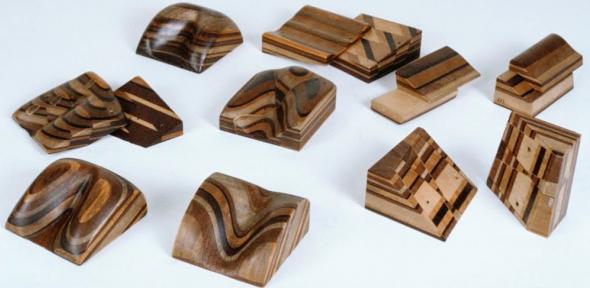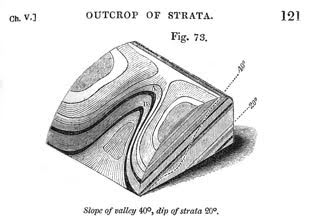The son of a builder and cabinet maker, Thomas Sopwith (1803-1879) started work as an apprentice to his father. After completing his apprenticeship he changed career and became a surveyor. He drew geological cross-sections of Alston mines in 1828. His 1834 book A treatise on isometrical drawing provided a means of visualising geological and mining plans in three dimensions and was well received. It is with his background of cabinet-making and interest in geology that Sopwith fashioned his models.
The models are made to a very high standard. Constructed from 579 separate pieces of wood, they were laminated and joined together; the surfaces were then carved by hand. The models were available in sets of six or twelve, and in various sizes. Another set is held at the Sedgwick Museum of Earth Sciences.







